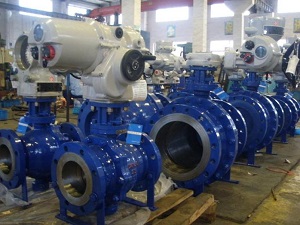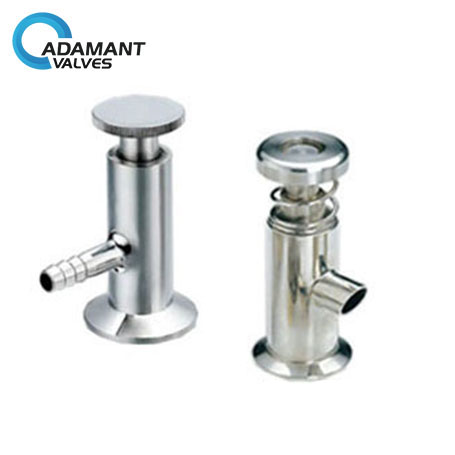The Effect of Self-acting Regulating Valve

How does a self-acting regulating valve work?
The self-acting pressure reducing valve is a valve that without any external energy, using controlled media energy as a power source introduces the implement diaphragm to produce thrust, control the throttle components movement to achieve the automatic regulation. It has the comprehensive functions of measurement, implementation, control.
What is the effect of a self-acting regulating valve?
1. The main control parameters of the self-acting flow regulating valve are: nominal diameter, flow regulation range, designed nominal pressure, allowed medium temperature range, operating pressure difference range, regulation accuracy, and so on. It is a kind of dynamic balance valve.
2. Install the self-acting flow regulating valve in the position of the hydraulic pipe network where the amount of flow is constant. Set up the sanitary regulating valve according to the required amount of flow. When the operating pressure difference before and after the valve changes within the rated range, according to the signal of pressure difference, the valve will automatically change the opening to keep the flow through it stable.
3. In a fixed flow system, as well as in some equipment such as boilers, chillers, and other units that need to maintain constant flow to ensure safety and improve the efficiency of the equipment, a self-acting flow regulating valve should be set up.
4. In occasions where the thermostatic valve is not installed or at the inlet of the constant flow loop which the user can not adjust independently, the installation of the self-acting flow regulating valve can make the loop run according to the set flow of the valve.
5. For indoor heating whose metering system (constant flow system) is a vertical single-tube rolling type, a self-acting flow regulating valve should be set up at the thermal inlet.
6. In order to make the valve work in the best area, a self-acting flow regulating valve should be selected according to the range of flow and operating pressure difference, rather than be selected according to the pipe diameter.
7. If the actual operating pressure difference of the flow regulating valve is outside the operating pressure difference range of the product, other regulating equipment should be used for initial regulation.
8. Usually there’s no turning off function in the self-acting flow regulating valve, so a shut-off valve should be added.
9. Be careful to prevent impurities in the water from blocking the capillary or diaphragm part of the valve. If necessary, install the water filter before the valve.
How does a self-acting regulating valve work?
A self-acting regulating valve adjusts the flow using the fluid flow pressure in the pipe. Then, the self-acting regulating valve receives its energy directly from the controlled system, so the amount of control is limited. However, the structure is simple and economical, and when used properly, the results are very good.
Conclusion
Thank you for reading our article and we hope it can help you better understand the effect of the self-acting regulating valve. If you want to learn more about self-acting regulating valve, we would like to advise you to visit Adamant Valve homepage for more information.







